Being at the right place at the right time makes the difference between success and failure. More importantly being at the right place. Therefore, many billboards, and shops that are the most opportune places make the most money.
When we think about billboards, the advertisers know that the best place to erect one would be where there is a lot of traffic and hence more eyeballs. You would find busier roads, especially the ones that suffer a lot of traffic jams are the best places to have billboards. This is because the advertising message can comfortably be consumed.
Many shops position themselves closest to where the people are. You would find that the shops that are at the ground level are more expensive to rent because they know that is where most people would pass by.
The same principle applies to digital marketing. Being at the right place means more success for the digital marketing campaign.
Facebook being no slouch they know that their ads must be in the best places for people to consume them. Prompting the users to act on the marketing messages to buy goods and services or become leads. With that Facebook provides different ad placement options.
Facebook ad placements are important in that they influence the click-through rate (CTR) of the ads, cost per click (CPC) and the conversion rate. In that the higher the CTR the higher the conversion rate. And also, the lower the CPC the lower the cost per acquisition (CPA).
1. What is Facebook ad placements?
Simply put Facebook ad placements are where the ads will be put or shown. Facebook will place the ads on its five different platforms which are mainly:
Facebook owns these platforms, and it is where the social network will place its ads. There are basically 13 ad placement options:
- Facebook has 5 placement options.
- Instagram has 2.
- The Audience Network has 3.
- Messenger has 2 and
- WhatsApp has 1.
2. Facebook Ad Placement options
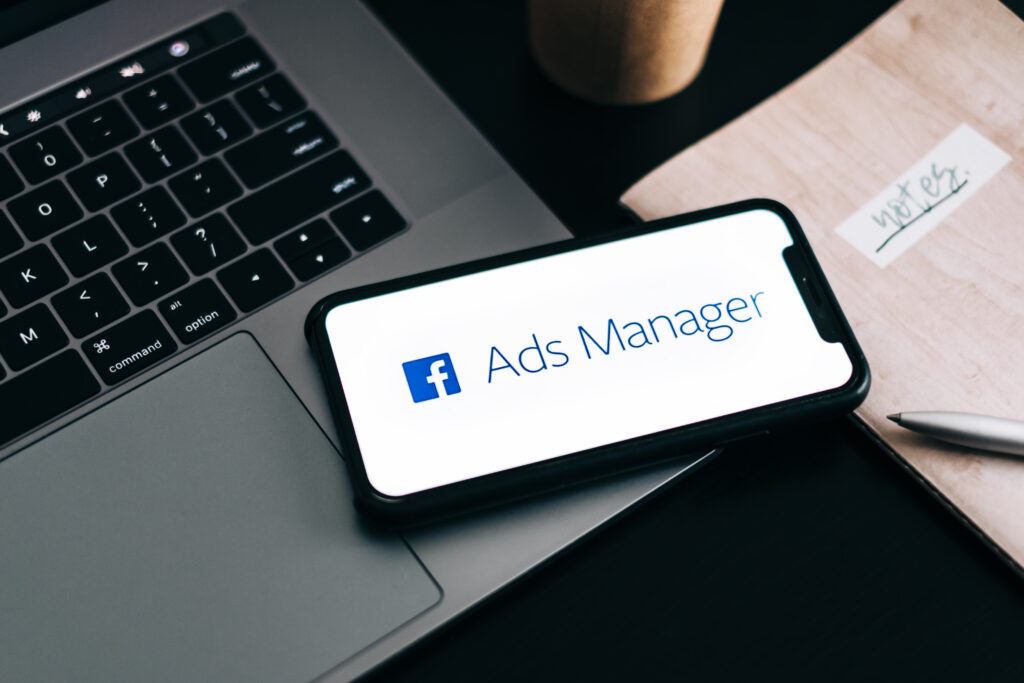
Feeds
Facebook News Feed
Advertising on the Facebook News Feed has proven to be the most rewarding ad placements. This is because the ads appear as native posts and they are seen when the users are scrolling the website or phone app. If the audience is properly targeted, they will see the ads and convert.
The ads are placed directly on the feed whereby the users cannot miss them. They will have to scroll past each ad while looking at other posts from their friends and family. The ads appear on both mobile and desktops.
The ad formats appear as single images, carousels, and videos on both mobile and PC. Only canvas ads appear on mobile alone. The canvas ads occupy the largest real estate than all other Facebook ads placements.
Because of the placements the ads have a higher click through rate and higher conversion rate. Facebook news feeds ads on mobile have a higher CTR than the desktop counterparts but the later has a higher conversion rate.
Due to their popular demand, they normally have a higher cost per click or cost per mille but at the same time the return on ad spend is much lower than all other ad placements.
The ads placement options are mainly for people who are not yet familiar with a brand or company; create awareness; encourage conversions; getting likes; mobile app installs, and ecommerce products.
Instagram Feed Placement

Much like the Facebook news Feed, Instagram Feed placements are non-intrusive and seem to be like any other standard Instagram posts. Instagram feed ads appear on desktop and mobile feeds.
The Instagram feed ads are in the form of images, carousels, and videos (they must be under a minute). They appear when a user is scrolling down through Instagram and have a Call to Action to encourage users to convert.
Instagram feed ads are mainly for increasing a brand’s reach, generating awareness and e-commerce sales. Instagram engagement rates are way higher than those on Facebook. Instagram is well suited for products that are visually appealing.
Facebook right column
Facebook right column is another place where ads are placed. This means they can only be seen on desktops and laptops.
There have been several design changes on the Facebook platform and these ad placements have become less important. This is mostly since the Facebook ads placements receive fewer impressions and reach.
The main drawbacks of right column ads are that they are more expensive than other News Feed ads; the sizes are smaller, they do not stand out; don’t include a call to action; can only be viewed on desktops and laptops.
The positives of the right column ads are that: they get up to 3 times more engagement when used with News feed ads; they only target desktop users and that is a unique demographic; and they are great for remarketing.
Facebook Marketplace
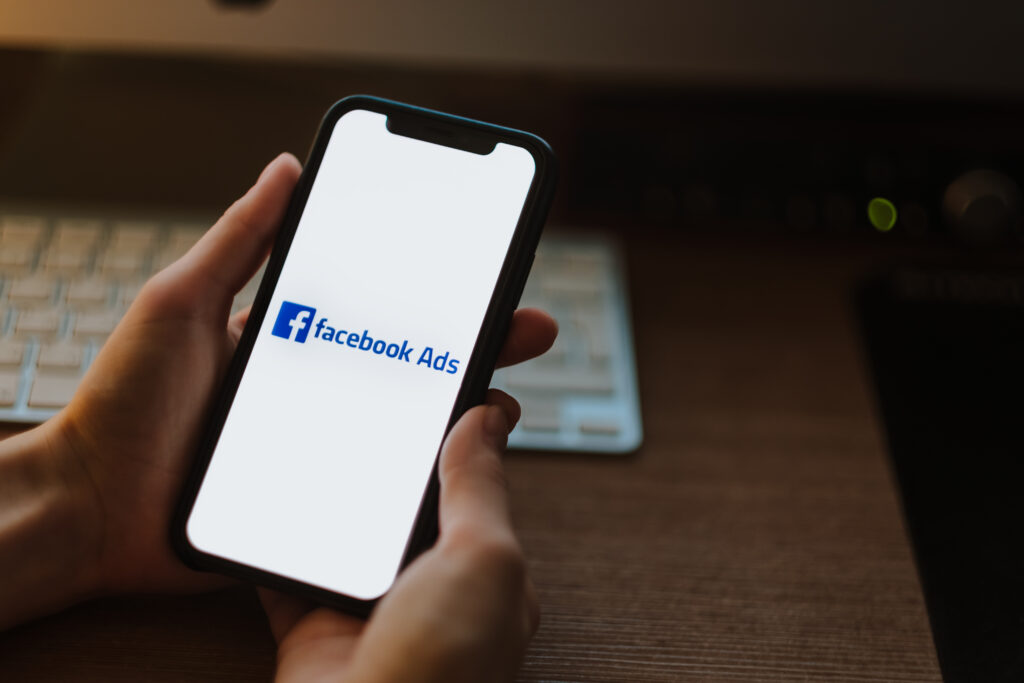
Facebook marketplace is a recent ad placement option as opposed to others in the feed. It is different from other feeds as it is meant to target people who are intending to buy something locally. These are people with high intent.
As such they are great for local deals that are low to mid-priced items. These ads are great for locally based brick-and-mortar businesses. This means that these ad options are not good for high priced ticket items and any other service- based business.
These ads limited in that they cannot appear by themselves only as they will also appear on the Newsfeed.
The ad placement is shown on the marketplace home page or on the marketplace in the Facebook app.
Messenger Inbox:
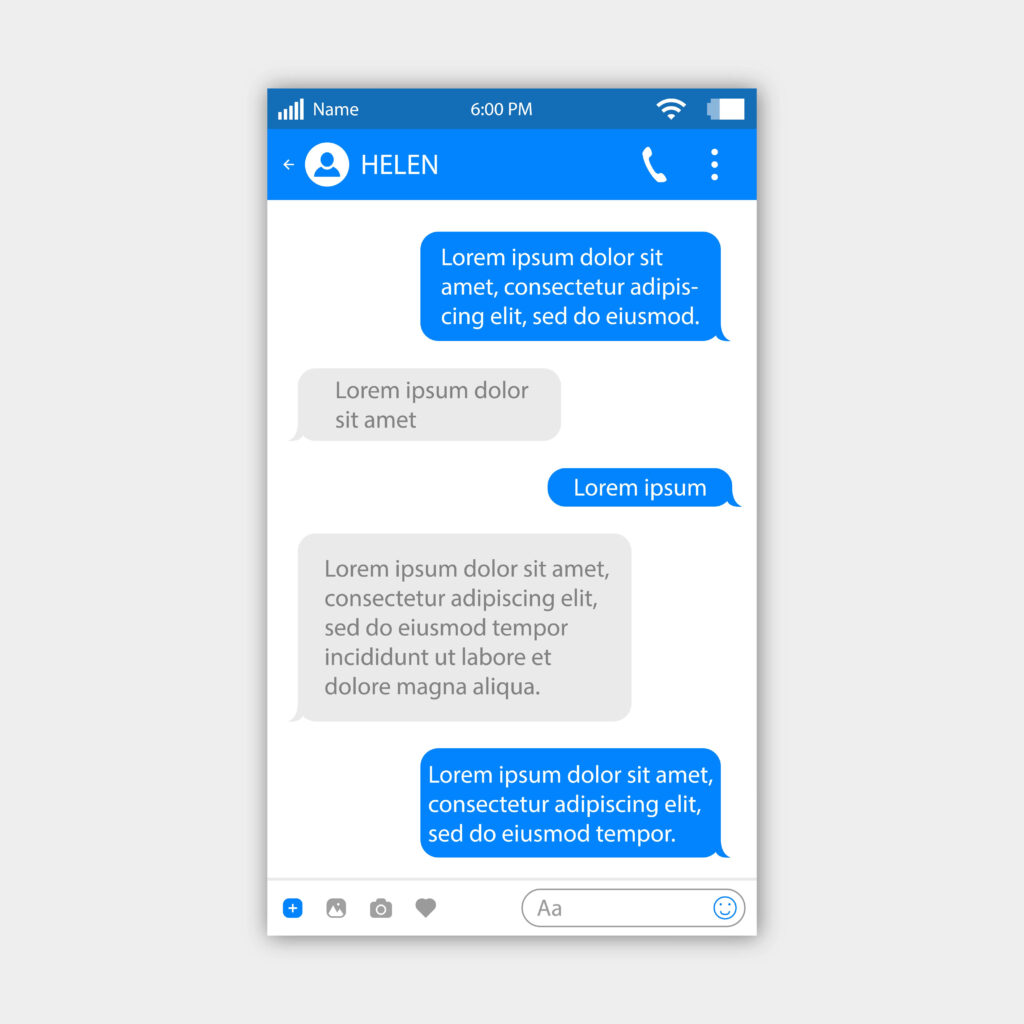
Messenger inbox placement appear in the home tab of messenger. When users see these ads, they click on it, and they are taken to a more detailed version of the ad where they can see the call to action.
This placement option has not had a proper reception because they interrupt conversations between users and their friends and family. Most people are often offended or completely ignore the ads leading to poor performance.
Instagram Explore
Instagram explore placement is also another feed placement. As the name says it only appears on Instagram and can only been seen when user is under the Explorer tab on Instagram. Instagram Explore lets users see content from accounts in which the user does not already follow.
The ads are only shown when someone taps a photo or video related to that product or service.
As the uses are looking for new content, the ads are great for businesses to connect with new customers.
Stories

The next ads placement on the list is Stories ads placement. The use of stories by users on Facebook and Instagram is growing organically and rapidly by having over 500 million people using it every day. Organic stories are featured for 24 hours before they disappear. This feature could have been borrowed from Snapchat.
Unlike organic post stories ads do not disappear after 24 hours. The ads are placed between organic posts that have the same content.
The stories placement option is further divided into:
- Facebook stories
- Instagram stories
- Messenger stories
The most common placement of the three is Instagram stories. This is because the feature originated from Instagram. The ads could be either images or videos. The maximum length of the videos should be 15 seconds.
A third of the users on Instagram view Instagram stories and 20% of the posts are done by businesses. Many businesses are thus able to interact with new users and be able to market their products effectively.
These ads are great for marketing fitness, fashion, travel retail, automotive, technology and fast food.
Search
A few years ago, Facebook introduced search ads placement like the ones that are done by Google. These ads appear when a user is searching for items on Facebook, and they are shown relevant ads.
Unlike Google ads, it is Facebook that determines which keywords that trigger the ads. Facebook looks at the ad copy, product category, title, and description to show the ads to what the user has searched.
Messages
Messenger Sponsored Messages Placement
Sponsored message ads placement appears when the “Messenger” objective is chosen at the campaign level. The main aim of these ads’ placement is to re-engage with people who have had a conversation with the business in the past.
These ads are delivered to a person’s inbox and are used to target very warm audience.
They are more pricey than other ads placement, but they have a lower cost per lead or conversion per lead. These campaigns work well when the messenger list is long and very targeted. For example, targeting people who have shown more interest in conversion.
As everything is done on Facebook the advertiser is not afraid of losing them to another website. Also, Facebook encourages users to stay on its platform.
These ads appear on both mobile and desktop.
In-Article
In a bid to make people stay on Facebook for longer, the social media company created published articles. This was to encourage media houses to publish their articles on Facebook. The media houses that did not publish their articles on Facebook were punished by not being able to share their material.
Those that did were given the opportunity of their work going viral or easily distributed.
With the new format available, Facebook wanted to capitalize by adding ads to the articles. These ads placement came to be known as In-Article ads placement. Basically, this meant putting ads within a piece of content.
As most readers would want just to know about the content of the articles, ads placed over here had a lower engagement rate, and lover conversions. The ads were also used on hot audiences.
Theses ads placements were only on the mobile app and hence are only visible on mobile devices.
The benefits of using these ads placement is that:
- There are less expensive than other placements.
- Increased number of touch points with the users
- The ads load faster as they are meant for the Facebook platform only.
- They allow different types of media from YouTube videos, images to tweets while taking up all the screen.
Apps and sites

These fall under the Audience Network. The Audience Network are third party sites and apps that are affiliated with Facebook that increase the reach of ads. These apps and websites are verified with Facebook.
The ads placement varies in these formats:
- Native ads, banner ads and interstitial ads
- Reward videos
- Instream videos
Native, banner, and interstitial ads are only seen on mobile and behave similarly to Google display ads. They appear in a few formats mainly full-screen and banner formats.
These ads placements have a lower cost per click, or cost per mille but have a higher cost per acquisition. The lower CPC is because the audience is varied, and CPA is higher because the same audience is not targeted.
Reward videos are the videos that users watch in exchange for a reward in an app for example in app currency for games. This is also a mobile only placement. They are full screen opt-in ads.
These ads also have a lower user engagement, low quality traffic and lifetime value. The best part of these ads is that they are non-intrusive and have a higher recall than other ads options.
In-stream video placement are like Facebook in-stream video placement where video ads are shown in before, during and after videos on the Audience Network.
In-Stream videos

Using videos is becoming more important every day as a form of content marketing. Videos are great because they help in:
- Building brand awareness and recall.
- Warming up an audience.
- They help in expanding reach.
- If done well, it can lead to the video going viral.
- The videos perform better than other forms of media.
In a bid to compete with YouTube Facebook introduced Watch and IGTV. To let advertisers, showcase their service the American company introduced In-stream ads.
In-stream ads are 5 to 15 second videos that are played before, during and after other videos. These videos could be on fakebook and the Audience Network. The Audience Network includes third-party sites and apps linked to Facebook providing a greater reach than Facebook alone.
As the videos are short, they are needed to be captivating, concise, and educating.
The main drawback of using In-stream ad placement is that many users do not watch the whole ad and some users would have ad blockers to prevent them from playing.
3. Optimizing Facebook Ad placements
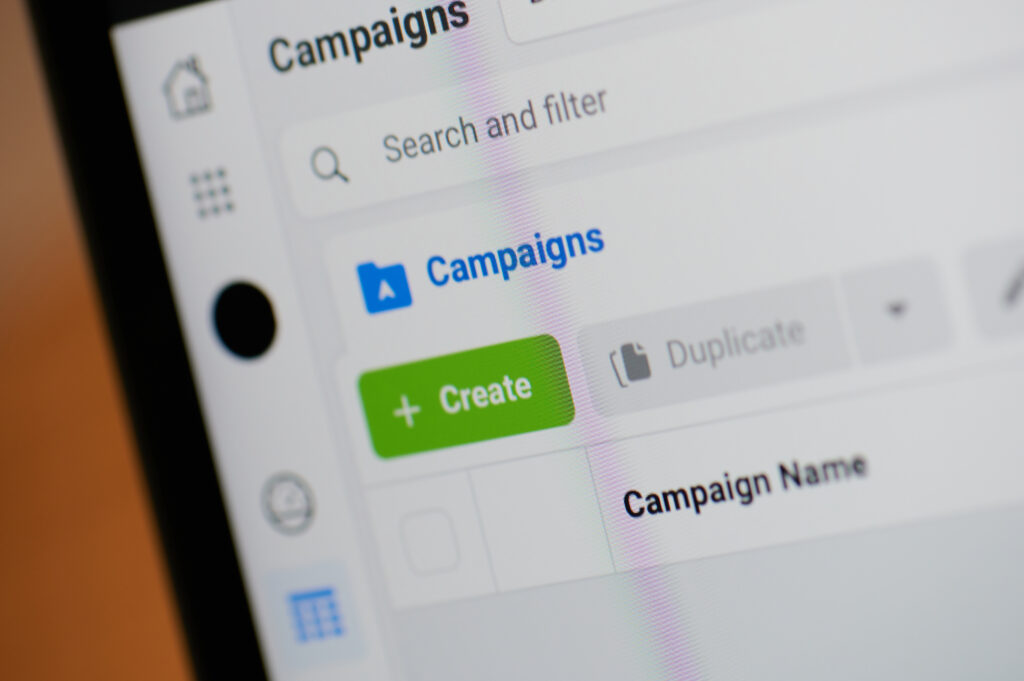
Once you have knowledge on where the ads will be placed on Facebook and its partners the next step would be how to improve the performance. This is because you cannot just set your ads and leave them. To get better results constant monitoring and improvement needs to be made every few weeks.
When it comes to monitoring there are key factors that need to be looked at to say whether the ad placement is good or bad. You would have to look at the:
- Cost – this is either the cost per click or cost per mille. Cost per click – this varies greatly depending on device, audience, ad placements and ad format. Mobile devices have a general lower CPC than desktop ones.
- Audiences – these changes depending on size and demographics. It is cheaper to advertise to certain people as opposed to others.
- Click-through rates – from my experience the newsfeed normally has the higher CTR.
- Conversion rates
- Ad format – video or image ads. Images work well on all ad placements, but videos vary. Videos that are longer than 2 minutes are not eligible to run on Instagram.
- Campaign objective – awareness, consideration, and conversion
- Budget available
- Device – some ads only work on either mobile or desktop while other work on both. For example, app install ads only work on mobile devices.
Ads that are suitable for desktops are the ones where the conversion process is a lengthy process, and you want the potential client to do it on a computer.
Once you have looked at how the ads are performing against these factors then you can decide as to which placements are right for your business. You would turn of the ones that are not working or create a different ad set focused on the ad placements that are profitable.
Automatic placements
It is advisable to start with automatic placements for new campaigns that do not have any data to work with. Then from there looking at the performance depending on the factors that were listed above. Through this method you are giving Facebook almost all the power as you let them decide where is best to place your ads. I say almost all power because I am assuming you are going to leave out automatic placements.
Facebook through its machine learning will leverage all the data they have to present your ads on different placements to give you the best returns. Through automatic placements you get the widest reach and lets you gather data on making decisions moving forward. Through automatic placements you will get to learn the following:
- The placements and platforms in which your audience is. You get to see if people are more on Facebook, Instagram or Messenger.
- Which device type they use. Mobile, desktop and tablet
- Of all the placements which is the most expensive in terms of CPC, CPM, and CPA
- The placements that give the best Return on Investment.
For automatic placements to work well, the campaigns need to run for a period. You will have to give the campaigns either 2- 3 weeks to gather information on clicks, clickthrough rate, conversions, and cost per acquisition. With this future decision can be made.
Manual placements
After gathering data and seeing which placements don’t work. Then the next step would be to create new ad sets targeting the placements that are profitable.
There are times when someone could misinterpret the data and severely limit the placement options. Leading to higher cost per acquisitions and lower reach. Hence losing great opportunities. If this occurs the best thing to do would be to go back to automatic placements.
Reviewing campaigns
Even with the perfect ad placements, the campaigns must be reviewed regularly. You will have to see how well the placements are performing over time. There are some placements that do well initially but over time the success drops. This would mean looking at the drawing board and making the relevant changes.
For the placements that are over performing, they need to have their own ad sets to encourage the Facebook algorithms to push the current campaign.
4. Facebook Goals

Every digital marketer has a goal in mind when they decide to put money on Facebook. The goals maybe to increase sales, awareness, leads and remarketing. Facebook understands all this and tries to help every marketer by breaking down goals into several categories which are:
- Awareness
- Consideration
- Conversions
Awareness

This is further broken down to brand awareness and reach. Brand awareness simply means getting more people to know more of your business and the products or services you sell. Reach on the other hand is mostly when you would want as many people as possible to see your ads.
With this type of campaign objective most of the placements can work. This is because you want many eyeballs on your ads.
One thing to factor when it comes to awareness campaigns is frequency. Frequency is the number of times your ads are seen by a person. When a single person sees your ad more than enough times, they then become blind to it. This is referred to as “ad fatigue.”
The goal would be to have a higher frequency so that when people are on Facebook, they are constantly looking at your ads.
You would use the following ad placements for awareness campaigns:
- Facebook feeds
- Instagram feed
- Instagram Stories
- Facebook Stories
- Messenger Stories
- Instagram Explore
- In-stream videos
Consideration
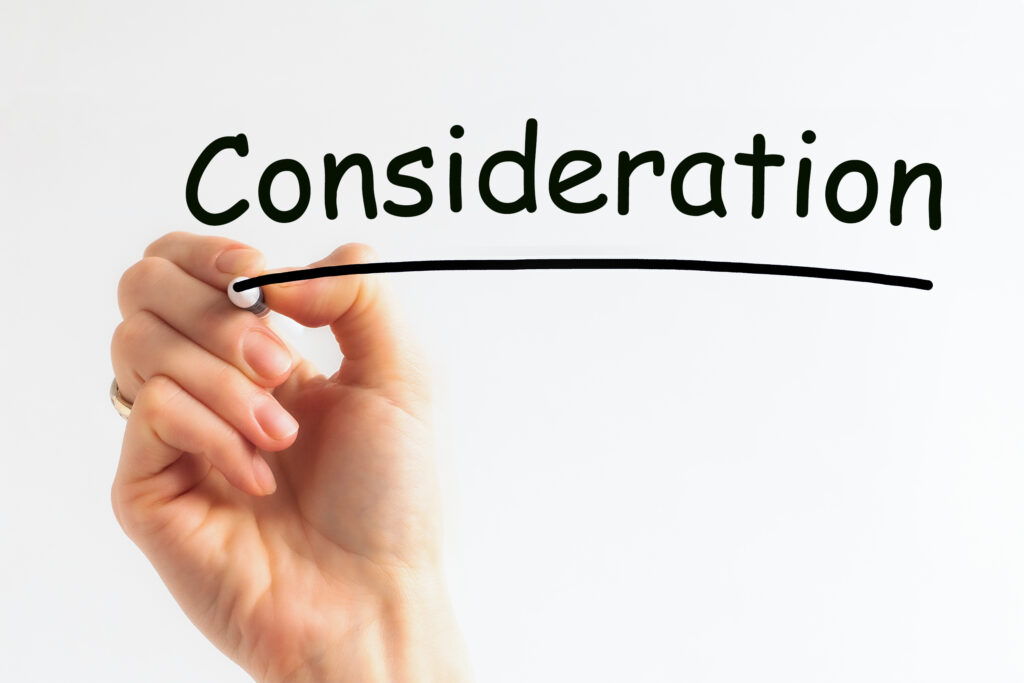
These types of campaigns are for people who are already familiar with your brand and are ready to move further down the sales cycle. This campaign objective gives users more options to choose from. Helping the marketer craft and tailor their campaigns to perfectly suit the advertising message.
Under consideration campaigns there 6 objectives namely:
- Traffic: this is mostly for driving traffic to a landing page, messenger, chat, or chat bot.
- Engagement: this type of objective is to get more people to react to your Facebook post. The engagement would include likes, comments, and shares.
- App installs: this is for getting more people to download and install apps.
- Video views: as it sounds this would be for getting people to watch your videos. Instagram has a two-minute video limit. This would mean all videos to be advertised should be 2 minutes or shorter.
- Lead generation: this is best for generating leads. As Facebook has the email addresses of all its users, all you would require from them would be their numbers. You can collect information on people interested in your products or services. This works bests on the feeds.
- Messages: this is for talking to potential clients on Messenger, Instagram Direct and Whatsapp. This objective is great for converting potential leads into clients.
The consideration campaign works well with Facebook and Instagram feeds, Instagram stories and Instagram Explore. It is not advisable to use this type of campaign on the Audience Network.
Conversions
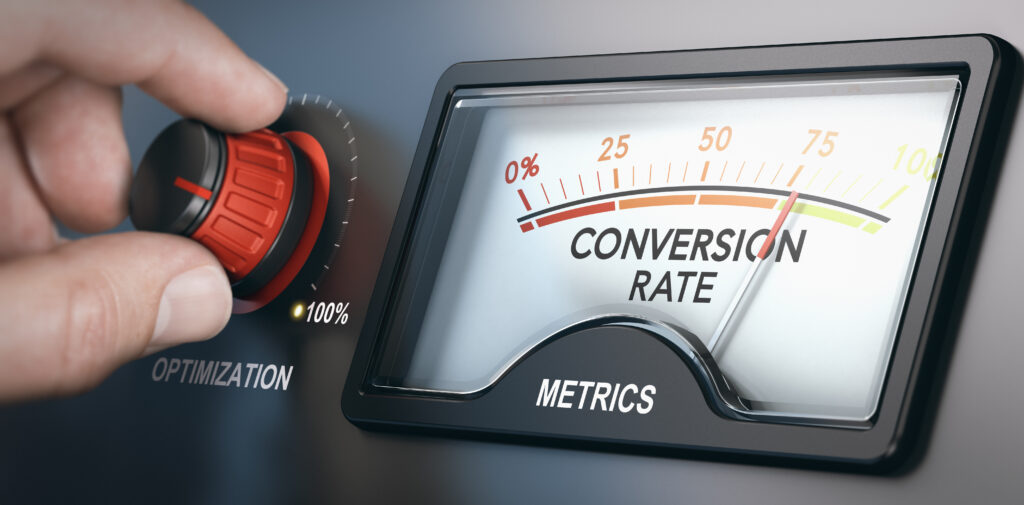
Like the other two, this is broken into conversions, catalogue sales and store traffic. This objective is as the name sales to get conversions in terms of sales, leads and lastly store traffic.
The best placements for getting conversions are:
- Facebook feeds
- Facebook Marketplace
- Facebook Search
- Messenger Sponsored Messages Placement
- Instant Articles
- Instagram feed
- Instagram Stories
- Instagram Explore
Very few marketers use the Audience Network as it has proven in the past to be ineffective.
5. Facebook Ads Placement Mistakes

The main mistake Facebook advertisers make is choose the two polar options. Which are advertising on all placements and selecting too few placements.
When setting up ads at the ad set level, Facebook encourages users to select automatic placements which lets ads run on Facebook, Audience Network, messenger, and Instagram. The problem with this is that most of the time money would be wasted on the Audience Network. This is because very few conversions happen on the Audience Network.
Once ads have been set up, the digital marketer should monitor how each placement is performing in terms of conversions and cost. There are ad placements that will have a higher conversion rate and others will have a lower one. The ones that are lower should be avoided. The same goes with the cost, in that preference should be placed on ads that cost the advertiser less.
On the other side of the coin, when advertisers try to be too controlling and only limit the ads to two placements namely the feeds and messenger, the results would be poor. This is since many people won’t be able to see the ads and it will be less effective. The cost of acquiring one customer will be higher than what they had anticipated.
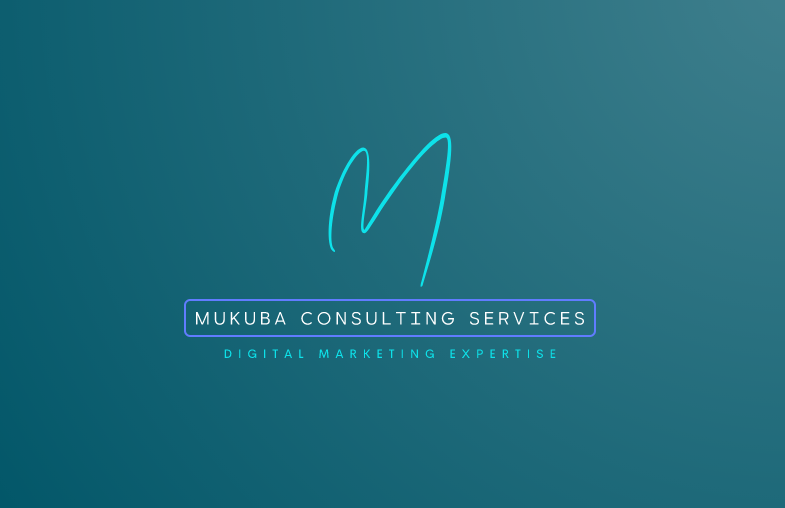


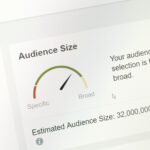
[…] customers, and drive sales. With over 4 billion people using social media worldwide, platforms like Facebook, Instagram, Twitter, LinkedIn, and TikTok offer immense opportunities to reach and engage your […]